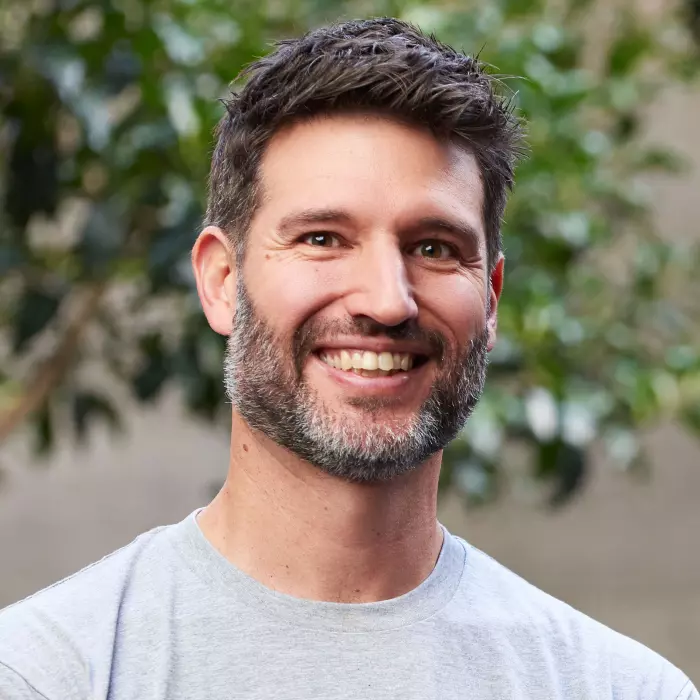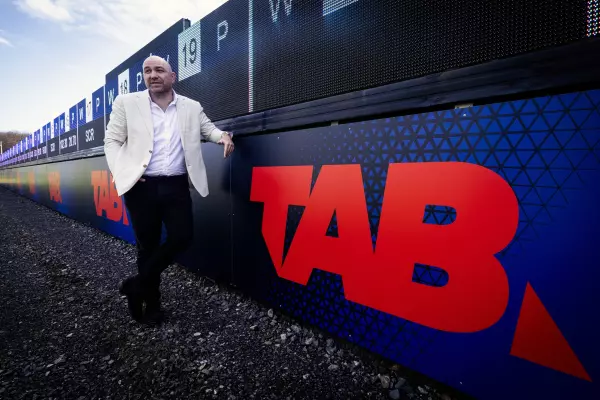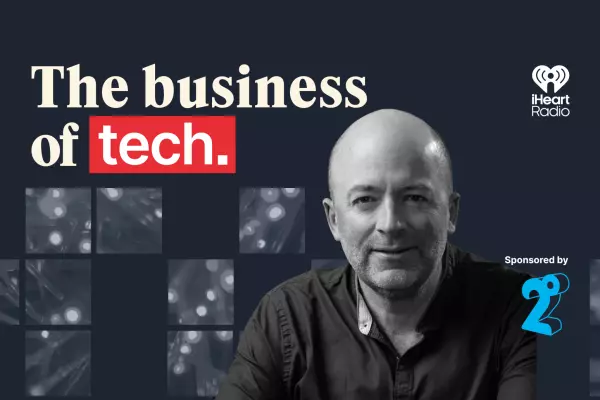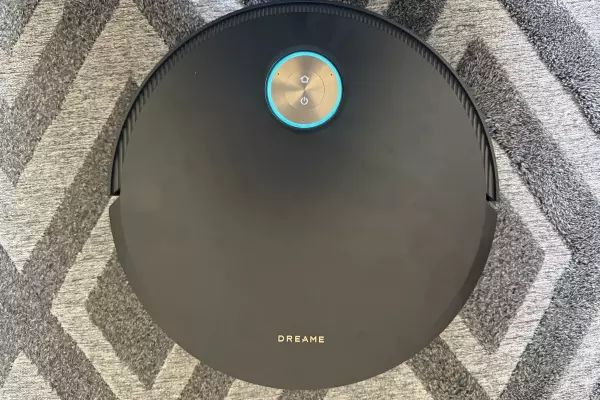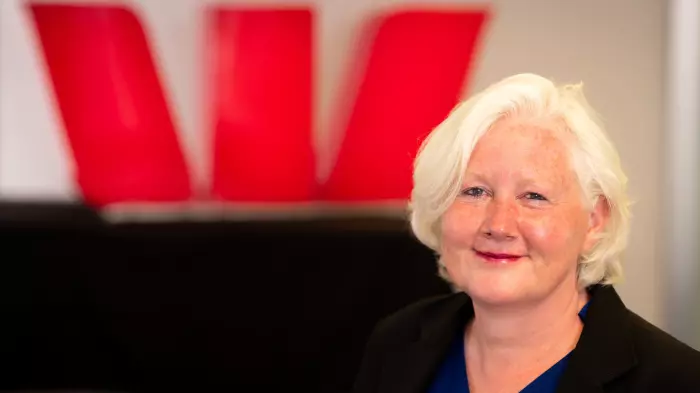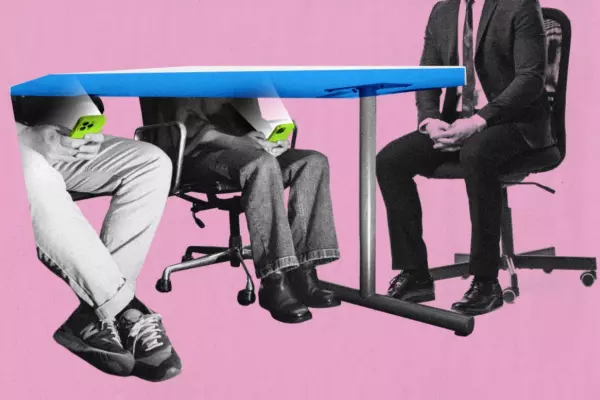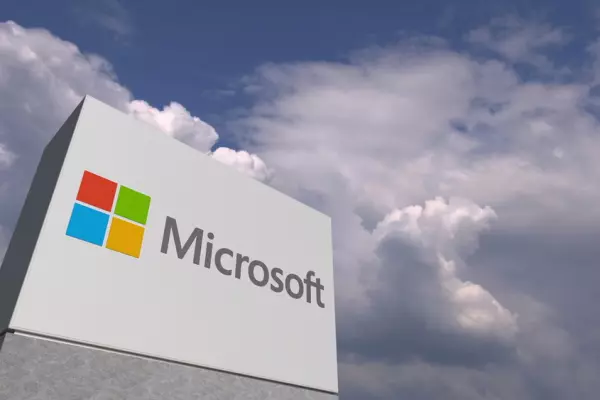It's a cruel irony that two of the most frustrating things to deal with as a driver are bad roads and road works.
The approach to road maintenance has been relatively stable for a very long time – avoid the morning and afternoon rush and stop before it gets too late and the noise becomes a nuisance.
Then, the age of data came along and with it a plethora of startups looking to bring efficiency to old ways of working.
For the transport infrastructure sector, that startup is NZ-based Mooven, founded by chief engineer Paul McDonnell and chief executive Micah Gabriels.
Keep it Mooven
Micah Gabriels was working for Spark’s data and analytics subsidiary Qrious when he and the team sat down to try to solve the issue of traffic – and he found an opportunity.
He could see there were a lot of antiquated practices that underpinned transport planning.
“Most of the decision making, which drives even billion-dollar programmes, is made on those rubber tubes you drive over on the road occasionally – it's this piece of rubber and it counts the vehicles for maybe a week – or a student with a clipboard.
"We looked at it in a completely different way, but we found out that for the teams doing the work, they’re pretty much blind to what's going on and they're blind even when they're working to what the impact of that work is … That inability to really understand and optimise how you're delivering has just led to a huge amount of waste.”
He realised this was particularly relevant at a time when, across the world, city infrastructure is crumbling, congestion is worsening and cities are investing in more public transport projects that are costly, time-consuming and disruptive.
Gabriels explains that to complete these projects, companies and councils are relying on methods that haven’t changed in 50 years and have little evidence behind them.
To combat this issue, Gabriels and McDonnell started Mooven.
The platform takes data from a range of sources like Google Maps, their own environmental sensors, and machine vision cameras and processes and analyses it to provide a range of traffic data.
This is used to create a plan for roadworks that reduces the length and cost of projects.
While the works are under way, Mooven monitors the traffic around the area, offering real-time insights on broader impacts or when there could be an unexpected surge in traffic, such as if there is an accident on the motorway that could divert people through the work site.
It is then able to make suggestions, such as alternate routes for the traffic, reducing costs and stress for stakeholders, crews and drivers.
Taking traffic Downer notch
Infrastructure maintenance company Downer began using Mooven more than three years ago and maintenance manager Oliver Fradley says it has been a boon to planning the company’s roadworks projects.
In one case, the company had to work on busy central Auckland route Manukau Road.
Fradley says traditionally, the work would have been done in the evenings, starting at 9pm and ending around midnight.
These time constraints would have meant the work had to be done in small sections and would have taken up to 20 shifts to finish.
Fradley says they took the data insights gained from Mooven and figured out a new plan.
“We sat down with the Auckland Transport team and the public transport guys and said, ‘We think if we bookend this over two weekends, around school holidays when generally there's a little bit of a lull in the traffic there – and we proved it by some pre-monitoring a couple of months beforehand – we can deliver this over two weekends and two nights in the week’.”
Fradley described the many benefits of this change and several other projects that used Mooven to inform them.
Fewer shifts means time is saved on set-up and breakdown of equipment; more uninterrupted time means fewer breaks in the laying of the asphalt, resulting in a longer lasting surface; the jobs are more predictable meaning less stress on the stakeholders and particularly the crew, which ultimately means a safer work environment; and having the timing right means less impact on commuters, fewer angry drivers, and again, less stress on the crews.
Fradley says he has become an advocate for the use of Mooven across the industry.
“The tech can develop quicker at the moment than we than we need it to; they're always a step ahead and always saying, ‘Right, here's some new stuff’, or ‘How about trying this?’. And that kind of keeps everybody excited.”
Mooven abroad
After just four and a half years, Mooven already has an international presence.
It's especially strong in Australia, where it's had a presence for three years and now provides the company 70% of its revenue.
Gabriels is now in the US working on cracking that potentially huge market. He says despite the differences in scale and government approach, the challenges there are not so different to those in Australia and New Zealand, but with a potentially greater need.
Gabriels says: “Fundamentally, regardless of who's kind of issuing the money and who's delivering the work, the same problems exist. The US has even worse infrastructure and is even more in deficit for building infrastructure. At a macro level, they have got so much work they need to do and they don't have enough money.”
He adds: “We've got horizon after horizon mapped out and so I'm very much trying to drive there. We’ve got a really good opportunity to make a very big, great business.”
Gabriels is continuing to build employee numbers, bringing on Xero alumni Bradley Scott as chief technology officer in October and aiming to build a core US team soon. For Moove's next step, he plans to raise money soon to fund further growth.


